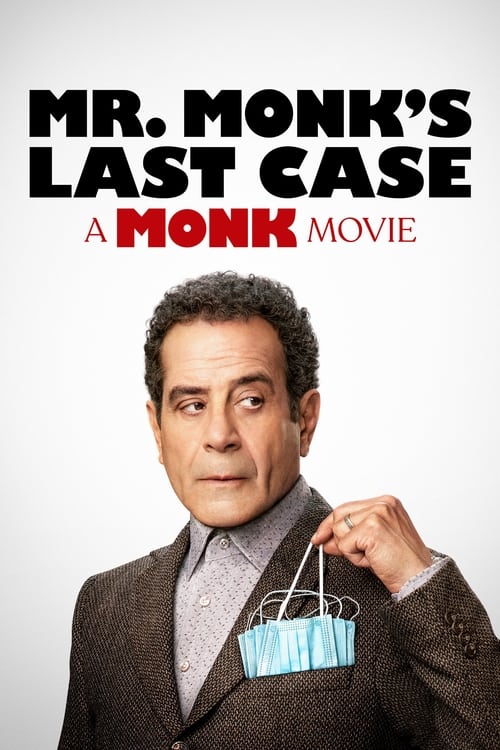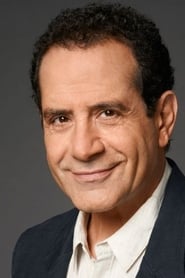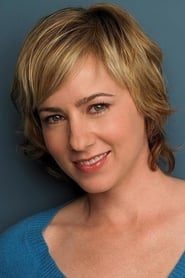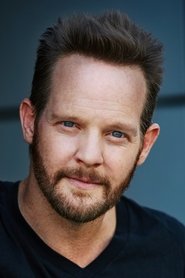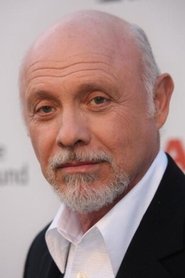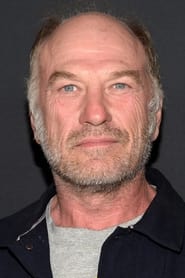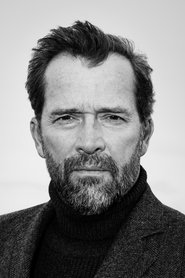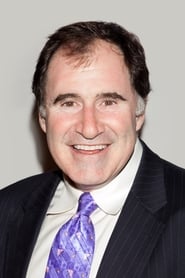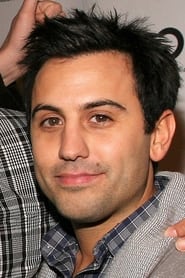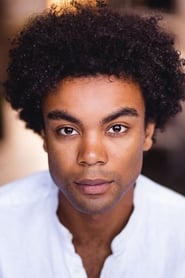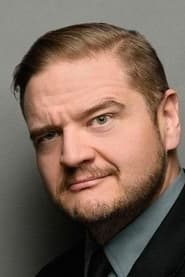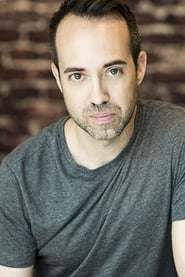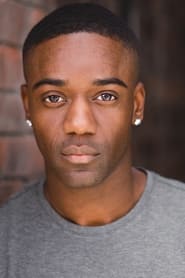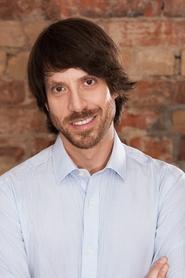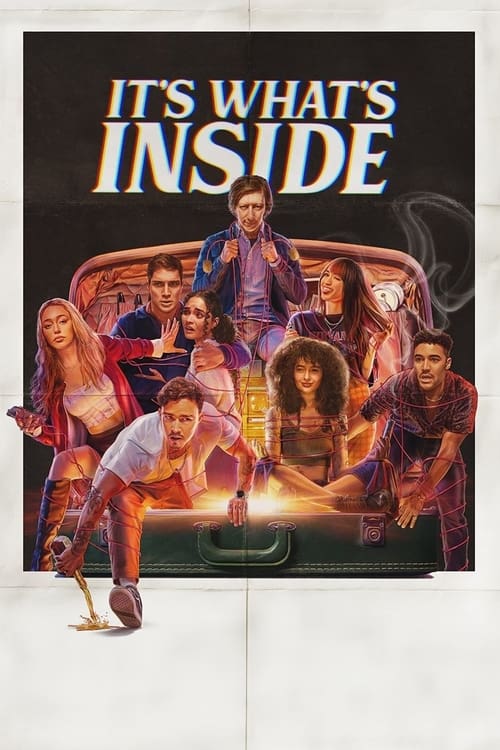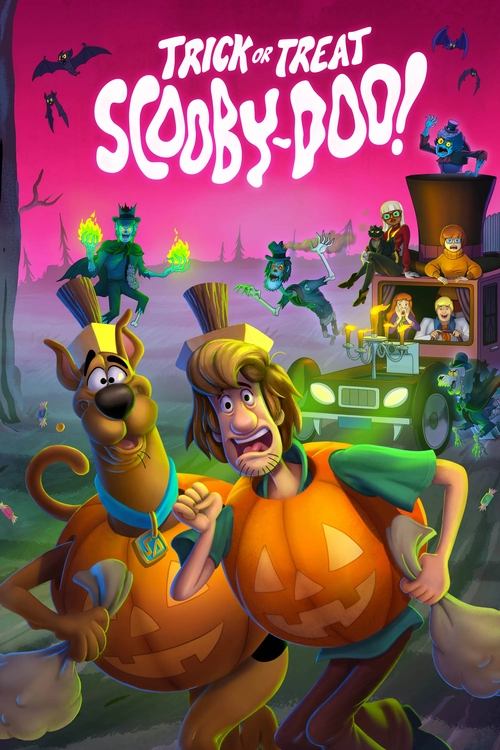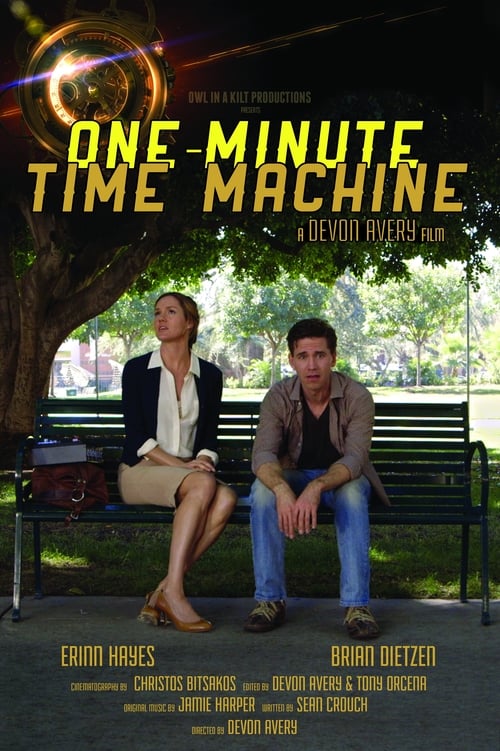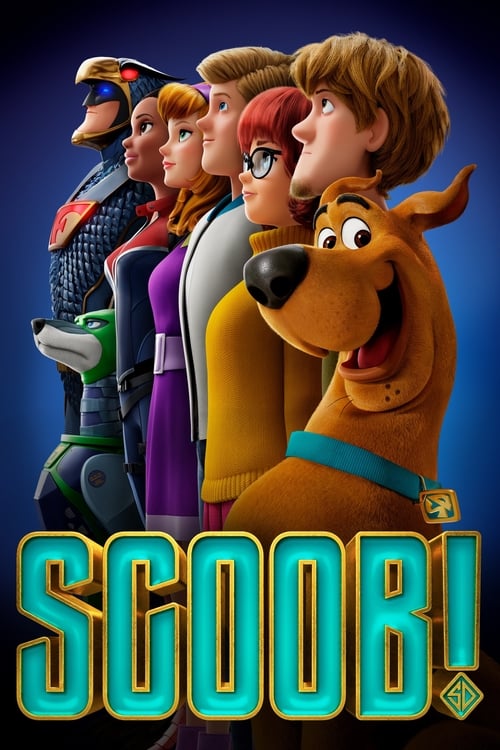
Ask Your Own Question
What is the plot?
The story opens with Adrian Monk isolated in his San Francisco apartment as the COVID-19 pandemic tightens restrictions. The disruption of daily routines aggravates his obsessive-compulsive disorder; small comforts that have kept him steady unravel. He receives word that a lucrative book contract--money he intended to give his stepdaughter Molly Evans to help pay for her wedding--falls through, and the financial loss sends him into a bleak spiral. Monk begins to entertain fatal thoughts, considering whether his life still has purpose now that opportunities for work and structure have dried up.
Despite his withdrawal, Monk travels to Summit, New Jersey, to attend Molly's wedding. The ceremony gathers familiar faces: Natalie Teeger arrives from Atlanta, where she has remarried and is living, and Randy Disher appears as Summit's police chief. Leland Stottlemeyer is present but not in his old role; he now serves as head of security for billionaire Rick Eden. Molly is marrying Griffin Briggs, a journalist who has been publicly accusing Eden of foul play--specifically, Griffin alleges that Eden murdered his own partner. Before the wedding can proceed, the celebration is shattered when Griffin dies after a bungee-jumping excursion. His death is ruled an accident at the scene: Griffin leaps from a platform, the cord fails to arrest his fall, and he plunges to the ground. At the hospital and later at the mortuary, the physical evidence points to a miscalculated cord length. Griffin had shouted an accusation against Rick Eden shortly before his death, and the timing of his charges makes many of the guests and Molly suspect that Griffin did not die by chance.
Molly, grieving and convinced the fall is no accident, pleads with Monk to investigate her fiancé's demise. Monk resists: his health is fragile, and he fears the upheaval of opening himself to a case. Still, Molly's insistence and the precision of the accident--too many small, deliberate details--draw him in. She tells Monk and Natalie that while visiting Griffin's workshop the night before the jump she overheard someone say that the rope was "six feet too long," and that the man who spoke had freshly painted white fingernails. Molly notes these facts with the eye for detail Griffin himself prized; Monk recognizes the significance of a person who would know the cord's proper length and who would be attentive to measuring with confidence.
Randy follows the fingernail lead to a local employee of Eden, Lucas Kubrick, who plays recreational softball and often paints his nails white after a game. Monk and Natalie travel to Eden Enterprises to question Kubrick and to confront Rick Eden directly. At Eden's compound they encounter Leland Stottlemeyer, who restrains Monk physically and verbally when Monk accuses Eden in the office. Stottlemeyer has a lot to lose: he has accepted a position in Eden's organization and tries to shield his employer from Monk's interrogation. In Eden's office, Monk's attention is drawn instead to a cluster of adhesive notes clipped to a dashboard and desk--handwritten reminders in a neat, distinctive script. Monk photographs them surreptitiously.
Back in Summit, the team examines Griffin's workshop more carefully and discovers signs of a forced entry. The door shows pry marks, and small tools are scattered on the bench. Nothing appears missing; nothing is stolen. That fact troubles Monk: someone broke in only to manipulate something in the workshop. Natalie and Monk measure the ropes and review Griffin's notes on bungee rigging; Griffin had been meticulous about his equipment. An ordinary thief would strip equipment for profit, not alter a tape measure.
Monk re-establishes contact with Dr. Neven Bell, his long-time therapist, who has retired two months earlier. Bell has been in contact with Eden on a professional level--Eden has funded certain mental health initiatives--and Bell tells Monk that he has been uneasy. He shows Monk a newspaper clipping about a local dog shelter that faced a threatening anonymous bomber and an article about an attempted bombing scare. Bell recognizes a handwriting sample on the clipping: he sees the same precise loops and slant as the sticky notes Monk photographed earlier. Bell says the script resembles handwriting Eden's staff have reported. As Monk scrolls through security footage from Eden's compound and from local delivery cams, he freezes a frame and points out Lucas Kubrick loading a crate into a van on the day before Griffin's jump. The footage sets the team on edge: Eden's employee had the opportunity to access Griffin's workspace.
Monk begins to form a theory: someone with access to Griffin's tools rigged his measuring devices so that when Griffin measured his own bungee cord he would be misled. Griffin would use his tape measure and trust it implicitly; if that tape measure had been tampered with so that its increments were subtly longer, the final cord would be several feet longer than intended. That extra length, six feet more than required, would turn a safe jump into a fatal plunge. Molly recounts having overheard the "six feet too long" remark; the detail rings true in Monk's mind. He attempts to reach Kubrick for questioning, but Kubrick's legal team asserts a right to counsel and blocks any interview. Eden publicly denies involvement, and Leland maintains an outwardly civil but cool relationship with Monk.
Randy obtains covert footage showing Eden and Kubrick together at a private loading bay. The footage shows Kubrick handling containers and Eden watching. Monitored movement between Eden's facilities and Griffin's workshop confirms a link. Monk interprets the tiny adhesive notes in Eden's office as a personal system Eden uses to track reminders; the penmanship matches the script Bell found. Monk shares his suspicions with Stottlemeyer, who is conflicted. Stottlemeyer confronts Eden as a subordinate and is reprimanded for stepping out of line. Once Ambiguity dissolves and the evidence mounts, Stottlemeyer begins to doubt Eden's integrity and the nature of the job he accepted. Nonetheless, Eden's legal and financial power buys him cover.
While Monk compiles evidence, Eden escalates. Dr. Bell discovers in an online shipment manifest a suspicious entry: a parcel labeled as "safety equipment" delivered to a local dog shelter at the time of the bomb threat article--an item that, if detonated or misused, would create the appearance of a bombing threat connected to the shelter. From his investigation, Bell concludes that Eden is capable of staging an explosion and doing so in a way that would implicate an innocent party. Monk connects the dots: if Eden arranges a bombing set to look like the work of a fringe bomber, he could silence witnesses or remove employees who might expose his manipulation. Monk realizes Eden may try to eliminate Kubrick discreetly and make it appear as though Kubrick himself was responsible for a failed bombing or was a victim of a booby-trap gone awry.
Monk races to intercept Kubrick with Natalie, but they arrive at a suburban industrial park seconds too late. An explosion rips through a delivery van and an adjacent garage where Kubrick was working. Flames leap and the air fills with smoke and shrapnel. Monk throws his body against a nearby fence as debris slams into the pavement. Firefighters arrive and wrestle with the blaze; paramedics struggle to extract remains. The blast kills Lucas Kubrick instantly; his body is found amid twisted metal. Forensic analysis shows traces of an improvised explosive device placed in the van's cargo area. Investigators find a small detonator wired into a pack that would have set a timed circuit; the device's elements trace back to components Eden's logistics could have supplied. Monk interprets the attack as an attempt to frame Kubrick as an amateur bomber or as a means to remove him before he can be coerced into naming Eden's role. Natalie and Monk are devastated; Molly collapses into grief anew, and Monk carries personal guilt that they could not save the man whose fingernails first pointed them toward the truth.
Stottlemeyer has lived both sides of two lives--he recognizes the outline of Eden's influence. Conscience and loyalty collide; finally, he tells Monk off the record that Eden is "the guy" behind the suspicious deaths and the manipulations. Stottlemeyer's admission opens channels; he arranges an opportunity for Monk to gain access to Eden's inner circle. Stottlemeyer hands Monk a chance to infiltrate an exclusive event Eden hosts: a celebration of a private space venture, a high-profile launch that Eden intends as a personal triumph. Eden plans to ascend to orbit in a private craft, and the party surrounding the launch bristles with security. Stottlemeyer, now cooperating covertly, instructs Monk to enter the party in disguise and to retrieve the laptop Eden keeps at his side--Monk believes it contains correspondence and logs that will tie Eden definitively to the tampering and to Kubrick's murder.
Monk adopts a disguise: he dons a bartender's apron, adopts mechanical motions, and works behind a crowded bar on the launchpad's observation terrace. He is uncomfortable with the messy environment--spilled drinks, sticky surfaces--but he moves through it with stealth. His eyes scan for the laptop in Eden's private suite, where Eden moves among guests and investors. Monk's plan stalls when Eden spots him. Security converges; Eden's staff apprehend the disguised intruder. In the private suite, Eden does not deny wrongdoing when confronted; he calmly acknowledges certain actions but frames them as business decisions and evasions. Under pressure, Eden confesses in a clipped way to being responsible for the deaths of Griffin and his partner, but he refuses to lay out the operational specifics of Griffin's murder, as though he enjoys keeping the mechanics of his crimes hidden. Eden's curt admission lacks full detail; he refuses to speak of his methods in public. Before Eden can be taken away, he lunges, and a violent chase ensues across the perimeter of the launch facility.
The confrontation escalates physically. Eden and his security force move to intercept Monk; Eden grabs Monk by the collar, hurls him toward the observation cliff's edge, and pushes him. Monk tumbles over the rim and plunges down the rock face toward the water below. He hits the icy water and kicks for the surface, shocked and disoriented, clinging to fragments of buoyant material. A life preserver fails to appear, but an inflatable novelty doll that had been jettisoned from the party floats by and accidentally catches him; the doll's air-filled torso keeps Monk afloat. He rides the doll to shore, waterlogged and breathing hard. Paramedics check him; he survives the fall with bruises and a grazed elbow. Molly, arriving in a state of panic, finds Monk and begs him to stop his investigation. She tells him she will not lose him too; the loss of Griffin and the slaughter of Kubrick have broken her, and she cannot bear the thought of losing Monk as well. Reluctantly and in deep emotional pain, Monk steps back from active pursuit as Molly insists he protect his life.
Monk's retreat is not a permanent step away from the case but marks a low point. He slips into darker thoughts about his own mortality and the calculus of purpose. He walks to a funeral home in Summit in the days after the explosion to look at caskets, weight the mechanics of ending his life, and consider whether he has any role left to play. Inside the funeral parlor he speaks quiet words with attentive attendants. While inspecting coffins and the business of burial, Monk speaks with the owners--twin brothers who run the operation as funeral directors. Their heads are nearly identical in shape but he notices an imperceptible difference: one twin's cranium bears a slightly altered contour, a subtle divergence only a forensic observer would spot. Monk's mind, hungry for pattern, seizes the detail and maps it onto the running thread of measurement tampering. If a tool's calibrations can be fractionally adjusted to alter outcomes, then actors who trust those tools will make fatal miscalculations. The slight asymmetry of the brothers' skulls sparks an associative leap that finally allows Monk to envision the precise tactic used against Griffin.
Monk returns from the funeral home with a singularly sharp deduction: Eden, who had access to Griffin's workshop and who had a motive to silence an accuser, arranged for someone to replace Griffin's trusted tape measure with a falsified one. The falsified tape measure bears markings that lengthen each inch just enough so that when Griffin measures the cord himself, believing he has achieved the correct length, the rope in fact becomes six feet too long. The error compounds over the tape's span, and the result makes the bungee cord insufficient to stop Griffin's fall. Monk knows now precisely how Eden caused Griffin's death: subliminal manipulation of the measuring instrument rather than a direct mechanical failure at the jump.
Armed with this reconstruction, Monk and Natalie coordinate with Stottlemeyer and Randy. The group identifies Eden's planned launch as the next critical moment: he intends to escape accountability by leaving Earth aboard his private craft, surrounded by legal protections in orbit and beyond the grasp of local authorities. Eden's launch site is heavily guarded and moving into space would remove his physical person from jurisdiction. Monk and his allies mobilize a small team that includes Summit PD officers and Stottlemeyer acting beyond his formal role. They converge on Eden's private spaceport as Eden prepares to ascent.
Security at the launch pad tightens as investors and media gather. Eden, flanked by legal counsel and celebrants, steps toward his spacecraft. Monk, Natalie, Randy, Molly, and Stottlemeyer push through press lines and crowd barriers. Monk confronts Eden publicly on the pad as the countdown begins. He articulates the sequence he has reconstructed: that Eden had Kubrick break into Griffin's workshop and, under Eden's direction, replace Griffin's calibrated tape measure with one marked with slightly longer increments; that Griffin measured his own bungee cord with that tampered tape and trusted his own meticulous standards, thereby setting a fatal miscalculation in motion; that Eden then arranged a subsequent explosion to kill Kubrick and conceal the link between Eden's employee and the tampered tool, and he attempted to frame the blast as an act by a local bomber. Monk shows technicians court-ordered access to Eden's laptop and to chain-of-custody records Eden kept on his private devices. The laptop contains logs of Eden's communications and directives, timestamps showing meetings with Kubrick and coded notes referencing "tool calibration" and "ensure measurement integrity." Forensic analysis reveals edits to shipping manifests and activated credit-card purchases for the components used in the explosive that killed Kubrick. Confronted with detailed, admissible evidence, Eden's composure cracks.
Eden tries to flee as the launch control room locks down and law enforcement moves in. He attempts to ascend the launch walkway and enter the craft, but officers intercept him at the gate. A scuffle breaks out; Eden, restrained at last, lashes out and continues to deny motive. Stottlemeyer, standing nearby, tosses his security badge to the ground. He announces he is resigning from Eden's employ to return to the moral clarity of law enforcement. Officers place handcuffs on Rick Eden and read him his rights. They lead him away from the gantry and into custody; Eden is charged with the murder of Griffin Briggs by orchestrating the tape measure deception that led to Griffin's fatal fall, and with the murder of Griffin's partner--an accusation Eden had long been suspected of but which the evidence now supports--and with arranging the explosion that killed Lucas Kubrick. The specific murder of Griffin's partner is presented as an earlier act tied to Eden's pattern of eliminating threats; the film does not depict the mechanics of that earlier death but records it as part of the array of charges brought against Eden. Eden protests as he is led away, but officers secure him in cuffs and escort him to a waiting transport vehicle.
After Eden's arrest, the procedural aftermath unfolds. Prosecutors and detectives compile a case file that includes video evidence from Eden's compound, the tampered tape measure recovered from Griffin's workshop, the remains of the explosive device that killed Kubrick, bank transfers, and Eden's own written notes. Stottlemeyer formally hands his resignation to Eden's remaining associates and accepts a return to police work, choosing to rebuild a career that aligns with justice rather than profiteering. Molly attends the arraignment, empty with grief but determined that Griffin's name be cleared. Monk participates in interviews with investigators and provides his detailed reconstruction of events to prosecutors.
Monk returns to the park where he had earlier considered ending his life. He stands for a long time and debates the logic of his continued existence. As the sun lowers, a figure appears beside him. Trudy Monk, the spirit of his deceased wife, manifests in a visitation that is unambiguous to the viewer; she is joined by the apparitions of several people whose lives Monk once touched--those who benefited from his detective work and who came to him for help. Among them is Griffin Briggs; he appears calm and grateful, acknowledging Monk's efforts. The assembled spirits include a woman whose crime remains unsolved, and she occupies a quiet corner of the gathering, a reminder of work still pending. Trudy speaks in gestures and in soft words; her presence steadies Monk. The visitation does not preach but offers presence, and the encounter leads him to conclude that his life has tangibly affected others. He cannot close the book on himself just yet.
Molly approaches Monk and, with quiet determination, returns his visitor pass for the police precinct. The return of the pass is practical and symbolic: it reinstates Monk's access to the station and his connection to the work he has performed all these years. Monk accepts the pass. He decides to resume his role as a consultant to the police, not as a capricious return but as a deliberate reengagement with a life he now understands to have purpose. The film closes with a moment of quiet domesticity: Natalie comes to Monk with a small, surly dog she has adopted from the shelter scrutinized earlier in the investigation. She explains that the dog's habits--fussy particularities and an aversion to certain surfaces--remind her of Monk's mannerisms. She offers the dog as a companion. Monk receives the animal with a tentative smile, an expression that signals a fragile but real re-entry into living. The last scene shows Adrian Monk, visitor pass in his pocket, the dog in his arms, stepping back into a life of investigation and human connection as the camera pulls away.
More Movies Like This
Browse All Movies →What is the ending?
Adrian Monk solves the mystery of Griffin Briggs' death, proving it was murder orchestrated by billionaire Rick Eden. After nearly giving up and contemplating suicide, Monk is visited by the spirit of his late wife Trudy, who reminds him of all the lives he's touched. Inspired, he decides to return to detective work. Rick Eden is arrested, Monk resumes consulting with the police, and Natalie gives him a dog that reminds her of him. The film ends on a hopeful note, with Monk moving forward.
The movie Mr. Monk's Last Case: A Monk Movie ends with a series of emotionally charged and narratively significant scenes that bring closure to both the central mystery and Monk's personal struggles.
Monk, having spent years in isolation after the pandemic, is pulled back into detective work when his goddaughter Molly's fiancé, Griffin Briggs, dies in what appears to be a bungee jumping accident. Griffin had been investigating billionaire Rick Eden, accusing him of murdering his partner. Monk suspects foul play and begins to investigate, despite his worsening mental health and deepening depression. He is haunted by the memory of his late wife Trudy and has been hoarding pills, contemplating suicide.
Monk reunites with his former assistant Natalie Teeger and old friend Randy Disher for Molly's wedding. As the investigation progresses, Monk's mental state deteriorates. He is unable to leave the house without extreme rituals, and his OCD has worsened. He is forced to return the advance for his memoir, feeling irrelevant and forgotten. His only connection to purpose is the case.
Monk and Molly visit a casket shop run by identical twins. While measuring the twins' heads for a bizarre ritual, Monk notices a subtle difference in their head shapes. This observation triggers a breakthrough: he realizes that Griffin's bungee cord was measured with a faulty tape measure, making it six feet too long. The tape measure had been tampered with, causing Griffin's fatal fall. Monk deduces that Rick Eden, through his security chief Leland Stottlemeyer, orchestrated the murder to silence Griffin.
Monk confronts Eden, who tries to bribe him to drop the case. When Monk refuses, Eden pushes him off a cliff. Monk survives by clinging to an inflatable doll floating in the water below. He is rescued and returns to Molly, who pleads with him to give up the case, fearing she will lose him too. Monk, overwhelmed, heads to a funeral home to look at caskets, once again contemplating suicide.
At a park where he once proposed to Trudy, Monk prepares to take the pills. As he sits at a picnic table, the spirit of Trudy appears. She is joined by the spirits of Griffin and many others whose lives Monk has touched through his detective work. Trudy reminds him of the difference he has made, showing him a woman whose case remains unsolved and who still needs his help. Moved by this vision, Monk leaves the park, the spirits walking behind him.
The next day, Stottlemeyer, having obtained evidence from Eden's associate Kubrick, arrests Rick Eden for the murders of Griffin and his partner. Stottlemeyer happily quits his job, satisfied with the outcome. Molly gives Monk back his visitor's pass to the police precinct, symbolizing his return to detective work.
In the final scene, Natalie adopts a surly dog from a shelter, noticing that it has habits similar to Monk's. She gives the dog to him, and Monk smiles at the gesture, a small but meaningful sign of hope and connection.
The fate of each main character at the end is as follows: Rick Eden is arrested and faces justice for his crimes. Leland Stottlemeyer quits his job, content with the resolution. Randy Disher remains supportive, continuing his role as a friend. Natalie Teeger gives Monk the dog, reaffirming their bond. Molly Briggs is left with closure for Griffin's death and renewed hope for her own future. Adrian Monk, having faced his darkest thoughts, chooses to live and return to detective work, finding purpose once again.
Is there a post-credit scene?
Yes, there is a post-credits scene in Mr. Monk's Last Case: A Monk Movie (2023). After the main story concludes and the credits roll, the film cuts to a brief, quiet moment at Monk's apartment. Natalie Teeger has left Watson, the elderly and skittish poodle from the shelter who was deemed unadoptable, for Monk. The scene shows Monk sitting alone in his living room, looking at the dog, who sits calmly beside him. The moment is understated but poignant, emphasizing Monk's continued journey toward connection and healing, even as he faces life's uncertainties. There are no further plot revelations or surprise appearances--just Monk and Watson, sharing a peaceful, hopeful silence.
What is the nature of Monk's relationship with his stepdaughter Molly in the movie?
Monk discovers that Molly, a 26-year-old journalist preparing for her wedding, is actually Trudy's child who was believed to have died shortly after birth but was adopted. They form an unconventional but real family bond, which helps Monk emotionally and influences his decision to continue his detective work rather than retire.
How does Monk's mental health and OCD condition evolve throughout the movie?
Monk struggles deeply with depression and suicidal ideation, worsened by the COVID pandemic which caused him to isolate for two years and stop consulting with the police. However, by the end, after confronting his wife's killer and reconnecting with Molly, he shows signs of improvement, such as sleeping in the middle of the bed and reconsidering retirement.
Who is revealed to be the mastermind behind the murder Monk investigates?
The murderer is revealed to be a Jeff Bezos-type billionaire named Rick Eden, who orchestrated the perfect murder of Monk's future son-in-law by tampering with a ruler used to measure a rope, making it six feet too long.
What role do Monk's longtime friends and colleagues play in the investigation?
Captain Stottlemeyer leads the hunt for the assassin, while Lieutenant Randy Disher runs a second team to find the person who hired the killer and is responsible for Trudy's death. Disher figures out the identity of the mastermind shortly after Monk and supports him in confronting the killer.
How does the movie depict Monk's final confrontation with his wife's killer and its impact on him?
Monk confronts Trudy's killer face to face with the support of his friends. This confrontation leads to emotional closure, and Trudy's spirit appears to him, helping him overcome his suicidal thoughts. The movie ends with Monk leaving the park accompanied by the spirits of people whose cases he solved, symbolizing his renewed will to live and continue his work.
Is this family friendly?
Mr. Monk's Last Case: A Monk Movie (2023) is rated TV-PG, indicating it is generally suitable for family viewing but may contain some material parents might find inappropriate for younger children. The film includes a death that is initially presented as accidental, which could be upsetting or sensitive for children or viewers sensitive to themes of mortality. There is also a mention of a tragic event related to a wedding, involving a bungee jumping accident, which may be emotionally intense.
Potentially objectionable or upsetting aspects include:
- A death portrayed in the story, which is central to the mystery but not graphically detailed.
- Emotional themes involving loss, grief, and mental health struggles, including references to suicide and the protagonist's obsessive-compulsive disorder, handled with compassion but with some emotional weight.
- Mild language and some tense moments typical of a crime drama, but nothing extreme or explicit is noted in reviews or ratings.
Overall, the movie maintains the tone of the original TV series, balancing mystery, humor, and emotional depth without sensationalizing dark themes. It is suitable for older children and families familiar with the show, but very young children or highly sensitive viewers might find the themes of death and emotional struggle challenging.

